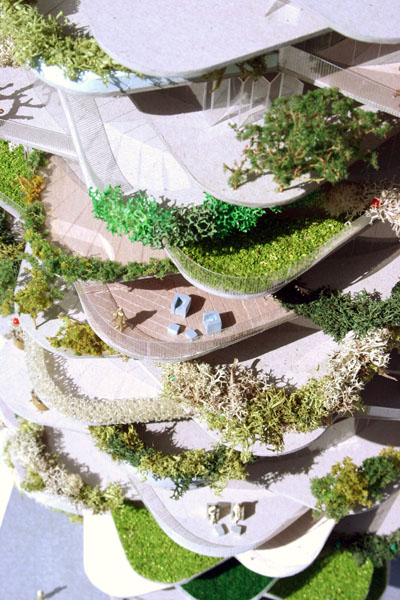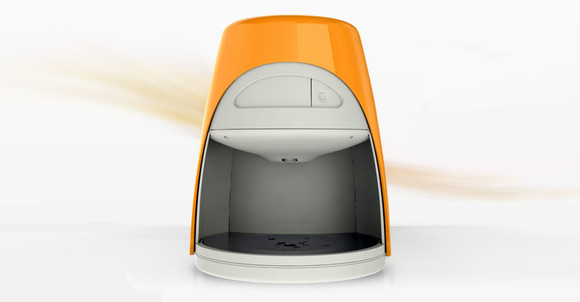Tuesday, 21 December 2010
RE-USE
Thursday, 9 December 2010
Wednesday, 8 December 2010
Interconnected Design Thinking



Sustainable in SoHo
Tuesday, 7 December 2010
TreeLife






Monday, 6 December 2010
Urban Cactus


Sunday, 5 December 2010
Sustainable Design
- Microcosm - small objects for everyday use.
- Macrocosm - buildings, cities, and the Earth's physical surface.



Thursday, 2 December 2010
Architectural Furniture


New Technologies

Monday, 29 November 2010
Edible cities
- Using Parks to accommodate food growing in their grounds.
- Exploring under-utilised spaces such as derelict council property, private gardens, and social housing to grow food.
- Making use of abundant buildings in London to grow food on rooftops, up walls and in window boxes.
- Providing education and training for new growers e.g. The Camden Good Food project

City Harvest



- Community - addressing antisocial behavior and decreasing isolation.
- Environment - increasing biodiversity, reducing environmental impact of food production and food miles.
- Education - providing training, skills development and opportunities.
- Health - improving mental and physical health.
- Economy - addresses poverty, strengthening green infrastructure, supporting communities to trade amongst each other.
Green Cities



Thursday, 25 November 2010
Emotionally durable design
Jonathan Chapmans has argued that in the context of sustainable product design "the methods through which we currently address sustainability are not as sustainable as we might like to think" (Chapman, 2005, p170). The rationale behind this argument is that the methods and techniques currently in use appear to go straight to the third, and least preferable, of the 'three Rs' of sustainable design - "REDUCE - REUSE - RECYCLE", when focus should be placed on reduce and reuse first.
In simple terms he advocates that designers need to design products which are emotionally durable, this essentially means that people connect with the product emotionally such that there is more desire to keep and repair, maintain and upgrade a product rather than dispose and replace with a new product.
Chapman, J. (2005) Emotionally Durable Design - objects, experience and empathy, Earthscan Publications Ltd, London, UK.
Monday, 22 November 2010
Cradle to Cradle
Thursday, 18 November 2010
Designers as Social Innovators


Wednesday, 17 November 2010
Biomimicry

How much do you know about the sustainable materials that could insulate your home?
- Living walls can act as insulation and help filter the air. They cool the ambient air temperature as well as cooling the building system it's attatched to.
- Glare is reduced.
- Sound insulation.
- Aesthetically pleasing, especially on barren cityscapes.
- Habitat and flora/fauna preservation, contributing to the overall health and sense of wellbeing of everyone.
- EVEN the fixing bars are made from recycled materials.
Sustainable Development
Tuesday, 9 November 2010
Emergency Shelter Designs
Friday, 5 November 2010
Finished Shelter

Sunday, 31 October 2010
Shelters
Friday, 29 October 2010
Progress
Sunday, 17 October 2010
DESIGN IDEAS : WOOL

'Wool Week' : this week (11th to 17th October 2010). Shops around the UK will be hosting fun, informative, wool-themed activities.




















